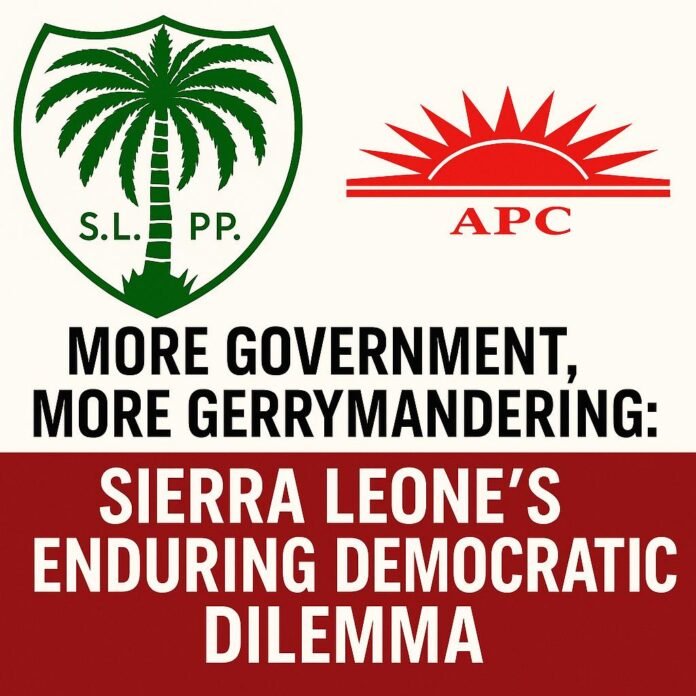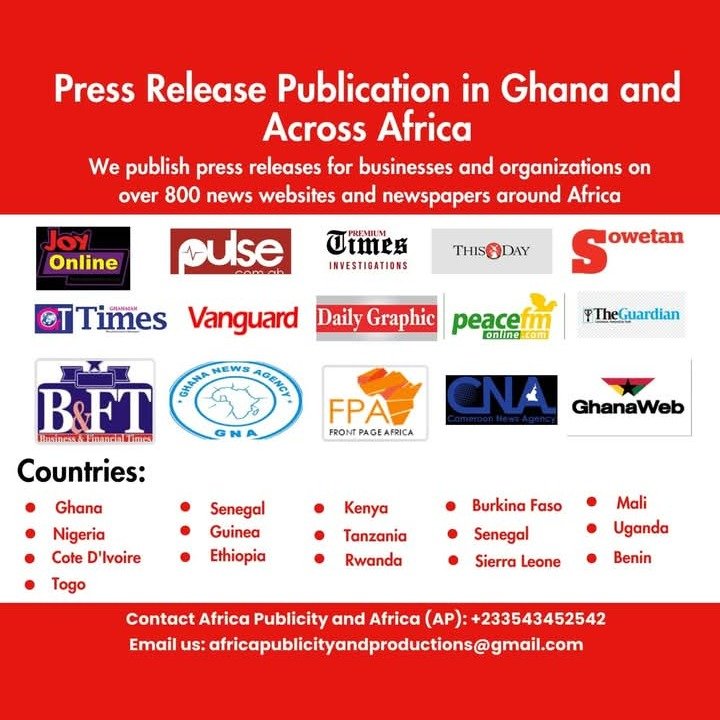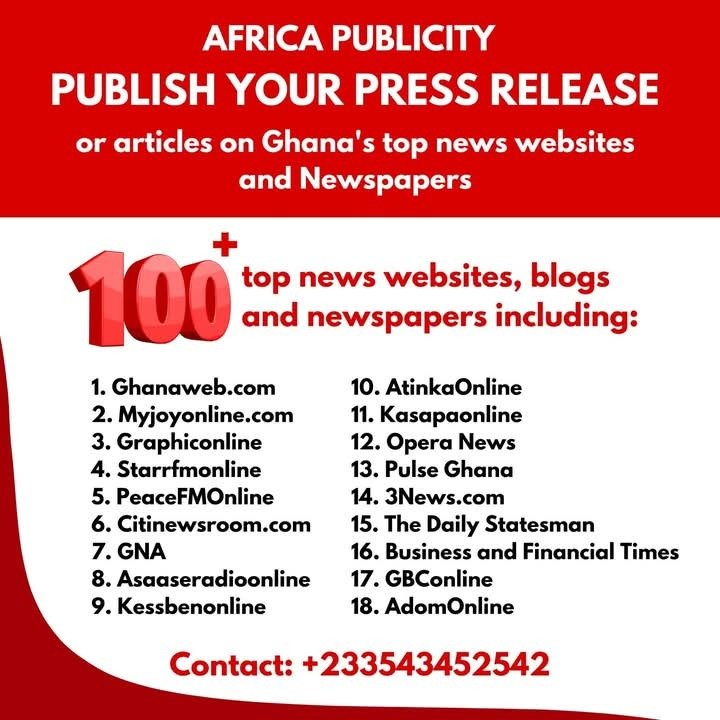By Mahmud Tim Kargbo
Sierra Leone’s political history reveals a sobering truth. The deeper the state expands into people’s lives without accountability, the fiercer the struggle to manipulate electoral boundaries and constitutional rules becomes. From Sir Milton Margai’s optimism at independence in 1961 to Julius Maada Bio’s proportional representation experiment in 2023, successive governments have tilted the rules of the game in their favour.
The pattern is unmistakable. Sir Albert Margai’s brief tenure was clouded by charges of tribal favouritism. Siaka Stevens perfected constitutional manipulation with the 1978 one-party system, which stripped Sierra Leoneans of the right to associate freely as guaranteed in Section 26 of the 1961 Constitution. Joseph Saidu Momoh entrenched authoritarian habits, with Momoh’s weak enforcement of the 1991 Constitution leaving space for the NPRC coup. Ahmad Tejan Kabbah, though celebrated for restoring peace, repeatedly stretched emergency powers under Section 29. Ernest Bai Koroma rewrote constitutional precedent with the removal of Vice President Sam Sumana in 2015, a move endorsed by the Supreme Court. And Bio in 2023 presided over Sierra Leone’s most significant electoral shift in decades when the Electoral Commission abandoned constituencies for a national proportional representation list system.
At the heart of these changes lies not only the pursuit of power but also the concentration of state authority. The 1991 Constitution, hailed as a democratic milestone, has been repeatedly bent. The Truth and Reconciliation Commission warned that impunity and political exclusion were twin engines of the civil war, yet successive governments have ignored those lessons (http//:www.sierraleonetrc.org).
Gerrymandering as a Rational Investment
The logic is straightforward. When the prize of power is vast, the cost of losing becomes unbearable. Government in Sierra Leone is not merely administrative service. It is the gateway to resources, jobs and patronage. The Audit Service has consistently shown how public funds are misused by ruling elites (http//:www.auditservice.gov.sl). In this light, electoral engineering is seen not as aberration but as rational survival.
The 2023 shift to proportional representation is the clearest example. Section 38(1) of the 1991 Constitution states that parliamentary elections shall be conducted on a constituency basis. That provision was set aside when the Electoral Commission invoked emergency powers to justify a national PR system (http//:www.ecsl.sl). Opposition parties, particularly the APC, denounced the move as unconstitutional gerrymandering designed to weaken their urban strongholds.
Technology and Manipulation
Just as Stevens relied on state intimidation, today’s elites rely on data. Electoral mapping software and voter registration technology have introduced a new precision to gerrymandering, yet the motive is unchanged. In 2012 the National Electoral Commission demarcated constituencies in ways that left Freetown with inflated voter loads while rural constituencies were underpopulated. This rural bias benefited both the SLPP and APC at different times (http//:www.necsl.org).
The Stakes of State Control
Why does gerrymandering persist? Because government remains the largest employer, spender and dispenser of opportunity. Public service jobs, contracts and scholarships are tied to ruling party loyalty. The TRC warned that unless this pattern was broken, political violence would remain a threat (http//:www.sierraleonetrc.org). Gerrymandering is therefore not only about parliamentary seats. It is about controlling the economic and social lifeline of millions.
Towards a Constitutional Revival
The solution lies not only in independent electoral commissions or international monitors but in reducing the stakes of state power. As long as government controls the bulk of resources, politicians will fight to rig the system. Reform should focus on two areas.
Constitutional discipline: Parliament and the courts must uphold provisions such as Section 38(1) rather than bending them for incumbents.
Fiscal accountability: Implementing Audit Service recommendations would reduce the incentive to treat state capture as personal enrichment.
Without such change Sierra Leone will remain trapped in a cycle where each government condemns its predecessor’s gerrymandering while justifying its own.
Data and Case Studies on Constitutional Manipulation in Sierra Leone
1. Siaka Stevens (1971 to 1985)
• Manipulation: 1978 one-party constitution
• Breach: Section 26 (freedom of association) removed
• Outcome: Entrenched executive dominance; Parliament reduced to ceremony
• Reference: TRC Report (http//:www.sierraleonetrc.org)
2. Joseph Saidu Momoh (1985 to 1992)
• Manipulation: Weak enforcement of the 1991 Constitution
• Breach: Sections 74 to 75 (parliamentary independence) ignored
• Outcome: Collapse of legitimacy; NPRC coup
• Reference: 1991 Constitution (http//:www.sierraleone.org)
3. NPRC (1992 to 1996)
• Manipulation: Suspension of elections
• Breach: Section 38 (constituency elections)
• Outcome: Military decrees over civil rights
• Reference: TRC Report (http//:www.sierraleonetrc.org)
4. Ahmad Tejan Kabbah (1996 to 2007)
• Manipulation: Extended emergency powers during war
• Breach: Section 29 (emergency powers)
• Outcome: Civil liberties curtailed, albeit under conflict duress
• Reference: Constitution (http//:www.sierraleone.org)
5. Ernest Bai Koroma (2007 to 2018)
• Manipulation: Removal of Vice President Sam Sumana
• Breach: Section 54 (removal requires Parliament)
• Outcome: Judicial complicity; weakened checks and balances
• Reference: Sam Sumana case (http//:www.courts.gov.sl)
6. Julius Maada Bio (2018 to present)
• Manipulation: 2023 proportional representation system
• Breach: Section 38(1) (constituency-based elections)
• Outcome: Breakdown of direct voter to MP accountability
• Reference: ECSL 2023 statement (http//:www.ecsl.sl)
Constituency Level Data on Voter to Seat Ratios
2007 Elections
• Average 25,000 voters per constituency
• Distribution broadly proportional, with urban seats heavier
• Reference: NEC 2007 (http//:www.necsl.org)
2012 Elections
• Average 27,500 voters per constituency
• Rural seats averaged 15,000 voters; Western Urban exceeded 40,000
• Reference: NEC 2012 (http//:www.necsl.org)
2023 Elections (PR system)
• Constituency system abolished
• Voter to seat link broken; accountability shifted to party executives
• Reference: ECSL 2023 (http//:www.ecsl.sl)
From Stevens’s one-party state to Bio’s constitutional manoeuvre in 2023, gerrymandering reflects Sierra Leone’s over-centralised power. The lesson is as urgent today as it was in 1961. Until state authority is restrained and the Constitution defended, elections will continue to serve the will of the ruling class rather than the will of the people.








